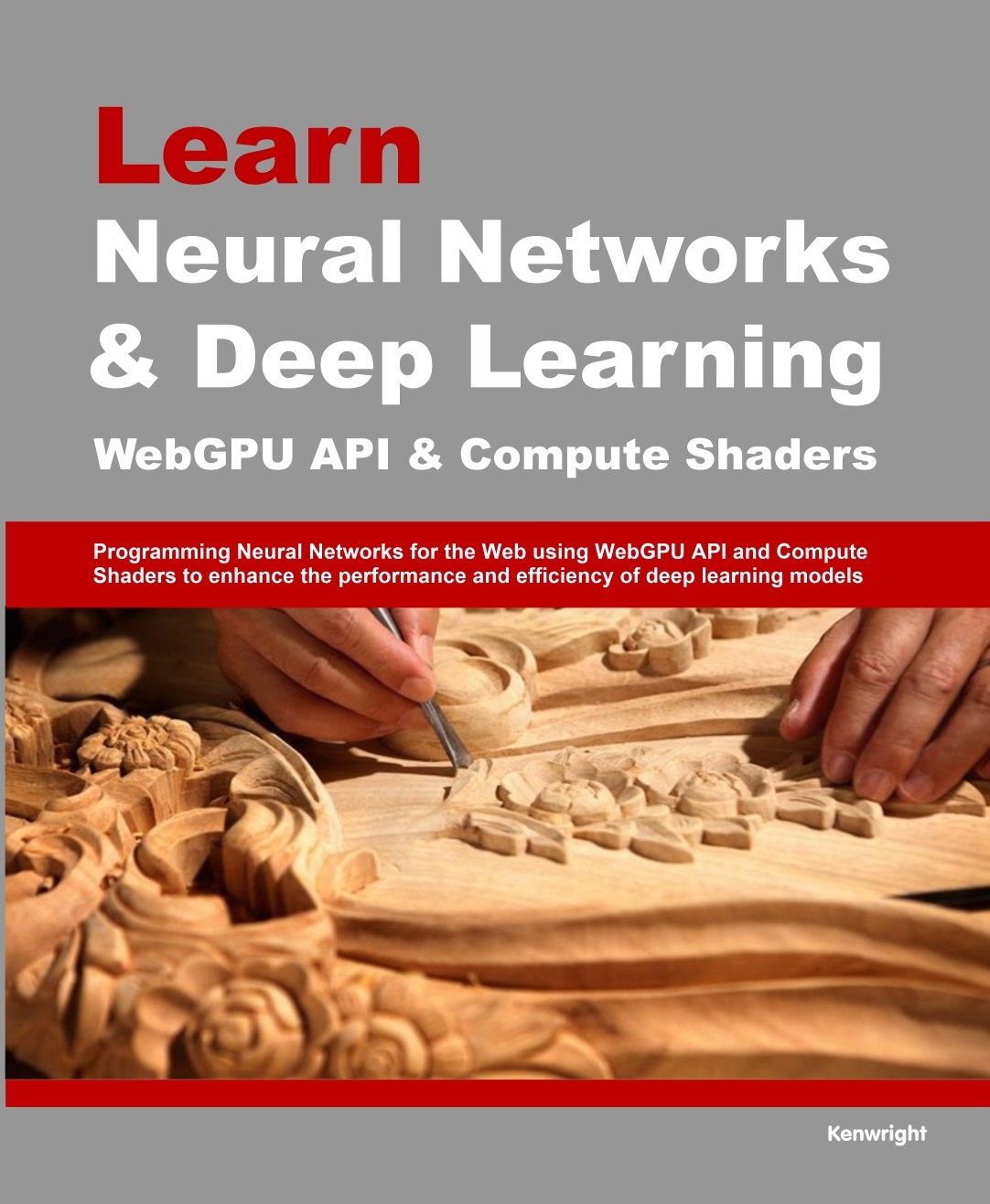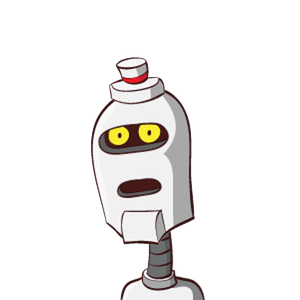
Learn Neural Networks & Deep Learning WebGPU API & Compute Shaders
An illuminating journey into webgpu, "Learn Neural Networks and Deep Learning with WebGPU and Compute Shaders" explores its profound influence on the data-driven world. With clarity and enthusiasm, this essential read delivers fresh perspectives and actionable insights that inspire curiosity and spark meaningful progress.



Sarah Johnson
Professional ReviewerI appreciated the way each chapter ended with reflection prompts—it encouraged me to apply what I learned right away.
October 1, 2025